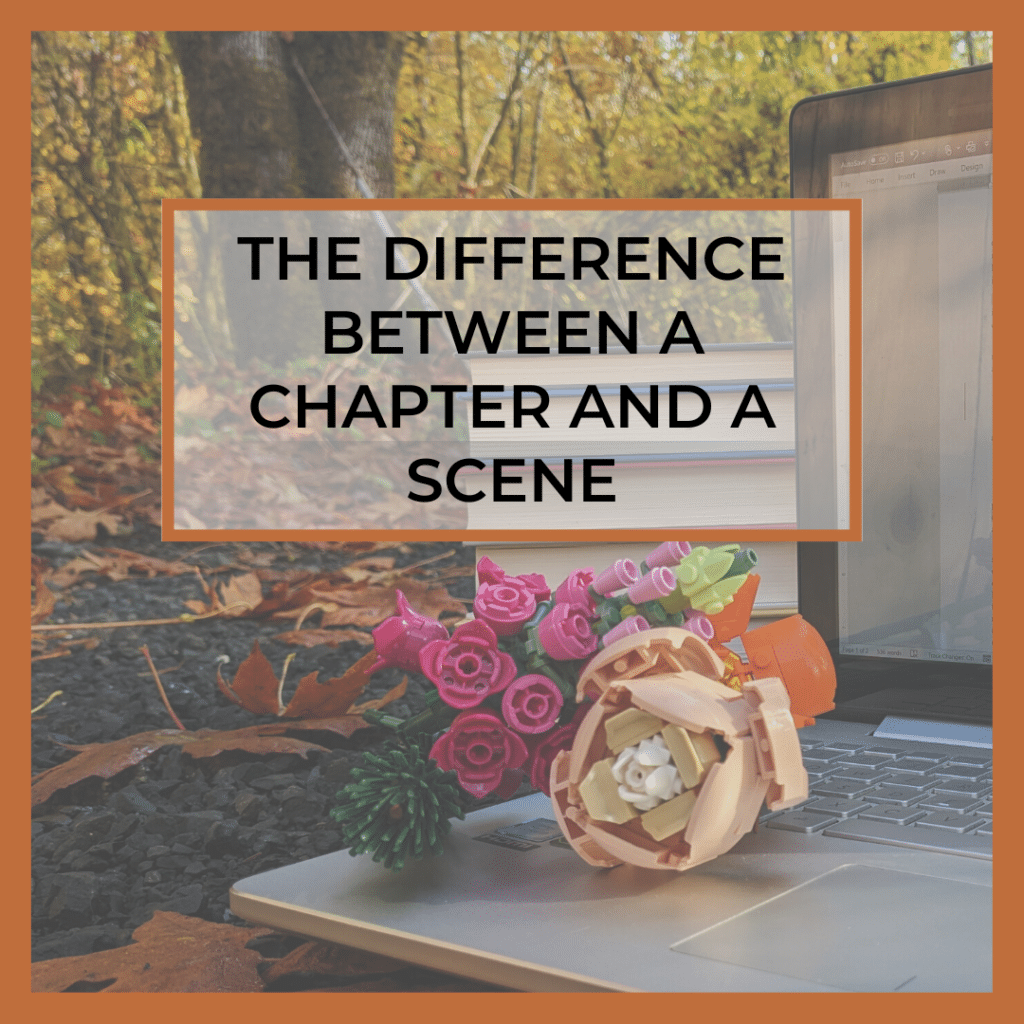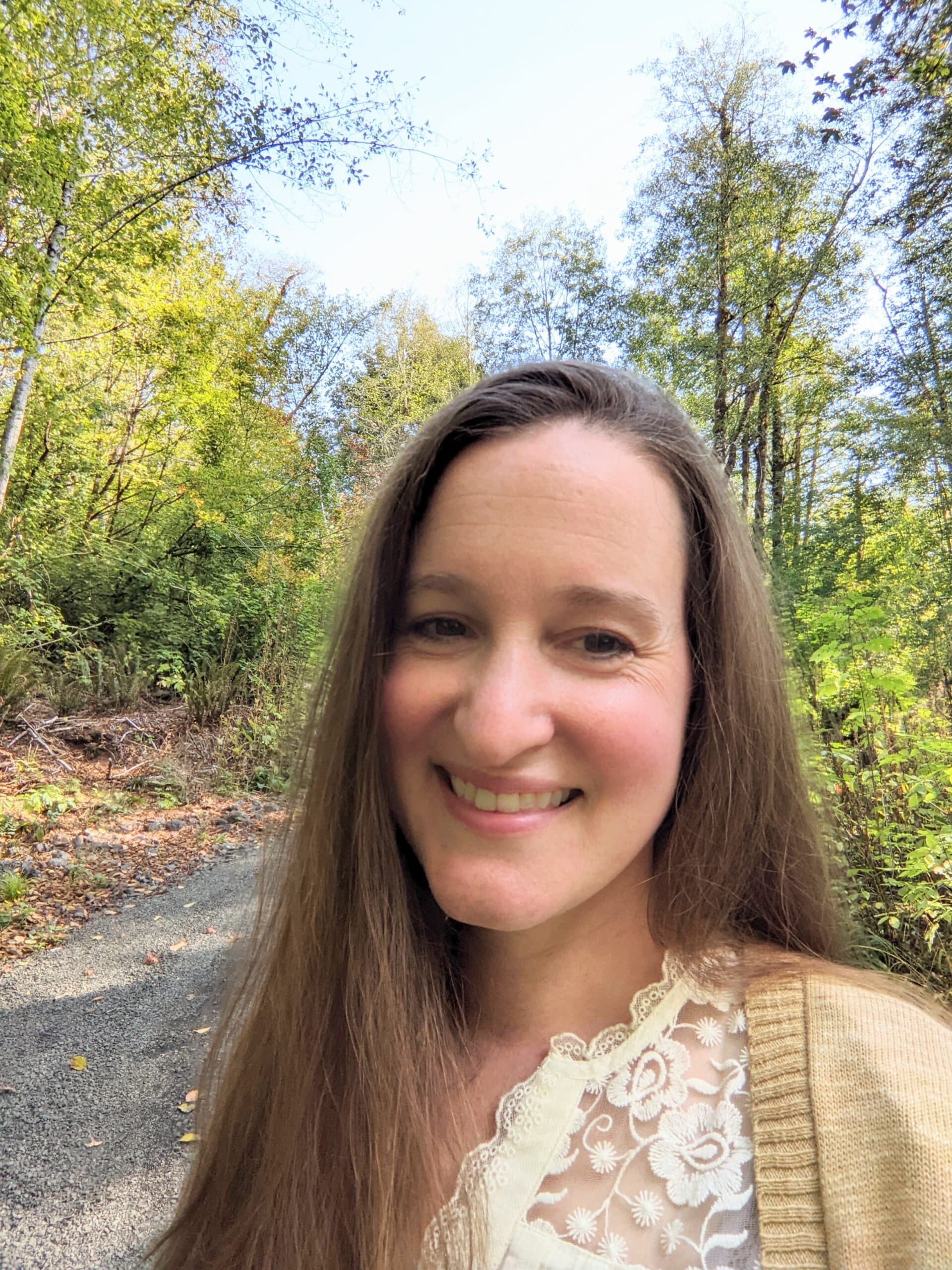
Writing involves many technical aspects, and one of the key distinctions to understand is the difference between a chapter and a scene. Both are essential elements in storytelling, but they serve different functions and have distinct characteristics.
What is a Chapter?
A chapter is a larger book segment, usually marked with a number or a title. It acts as a structural division within the narrative, helping to organize the story. Chapters can vary in length and often shift the story’s focus.
Example of a Chapter:
Consider a chapter in a mystery novel titled “The Disappearance.” This chapter might start with the main character receiving an important letter, followed by several key events, like a conversation with a suspect and a visit to a crucial location, ending with an unexpected revelation.
What is a Scene?
A scene is a smaller unit within a chapter. It describes a specific sequence of events that occur in one location and involves the same characters. Scenes are the components that make up a chapter, each contributing to moving the story forward, developing characters, or enriching the setting. Each scene has a goal, disruption, choice, turning point, reaction, and new goal—the key elements to good scene structure.
Example of a Scene:
In the chapter “The Disappearance,” one scene could involve the main character meeting a suspect in a café. The scene would focus on their conversation and the café environment and end when the meeting is over.
Importance of Knowing the Difference between a Chapter and a Scene
Understanding the distinction between chapters and scenes is essential for effective story structuring. Chapters offer a broader narrative section, while scenes provide detailed and immediate experiences that engage the reader. Recognizing how to use each element leads to better story pacing, character development, and plot advancement, and the ability to cut large chapters or smaller scenes when revising.
Organizational Flexibility: One key advantage of distinguishing between scenes and chapters is its flexibility in story organization. Scenes, being smaller and more focused units, can be rearranged more easily than entire chapters. This flexibility is crucial during the editing process, where reordering scenes can significantly enhance the narrative flow without disrupting the larger structure of the chapters.
Focused Revision: When editing, it’s often easier and more efficient to revise individual scenes rather than entire chapters. This approach allows you to fine-tune specific aspects of their story, such as dialogue, character interactions, or setting details, without overhauling large portions of their manuscript.
Enhanced Narrative Flow: Understanding how scenes fit within the broader context of a chapter can help you create a more seamless and engaging narrative. This understanding ensures that each scene contributes effectively to the chapter’s overall purpose and, by extension, to the story as a whole.
By differentiating between chapters and scenes, you gain more control over the structure and pacing of your narratives. This clarity not only aids in the initial writing process but also makes subsequent revisions and reorganizations more manageable, ultimately leading to a more cohesive and compelling story.
Checklist for Identifying Scenes in Your Writing
Using this checklist, you can better determine whether you are working on an individual scene or constructing a larger chapter. This awareness can help you organize your writing.
1. Scope and Detail:
- Scene: Are you focusing on a specific moment or event? Does it play out in real-time with detailed descriptions of actions, dialogue, and settings?
- Chapter: Are you covering a broader range of events or periods, possibly encompassing multiple scenes or settings?
2. Character Presence:
- Scene: Does the segment involve consistent characters interacting in one setting?
- Chapter: Are you switching between different characters’ perspectives or locations?
3. Continuity:
- Scene: Is the narrative continuous, without jumps in time or location?
- Chapter: Does the section include transitions that move through different times or settings?
4. Narrative Focus:
- Scene: Are you detailing a specific interaction or event that is part of a larger story?
- Chapter: Are you developing the story across multiple scenes, each contributing to the chapter’s overall theme or goal?
5. Length and Complexity:
- Scene: Is the segment relatively short and focused on a single event or interaction?
- Chapter: Is the segment longer, potentially weaving together multiple scenes or narrative threads?
6. Transitions:
- Scene: Does the segment begin and end in the same setting or time frame?
- Chapter: Does the segment contain multiple transitions between scenes or narrative elements?
7. Emotional and Narrative Arc:
- Scene: Does the segment have a micro-arc, with a clear beginning, middle, and end focused on a particular moment?
- Chapter: Does the segment encompass a broader arc, combining various scenes to build the story’s larger narrative?
8. Purpose and Contribution:
- Scene: Are you conveying a specific point or piece of the narrative puzzle?
- Chapter: Are you aiming to advance the overall plot or character development across multiple scenes?
Conclusion
In summary, the ability to distinguish the difference between chapters and scenes is important when creating a compelling narrative. Chapters organize the broader narrative, while scenes provide depth and detail within these segments. This understanding is key to structuring a story effectively, enhancing narrative flow, and facilitating easier revisions. The provided checklist serves as a practical tool for you to identify and focus your efforts on the specific elements of your story, whether crafting an intricate scene or developing a comprehensive chapter. Mastering this storytelling aspect enables you to weave your narratives with greater precision and impact, ultimately leading to richer, more engaging stories that resonate with readers.

